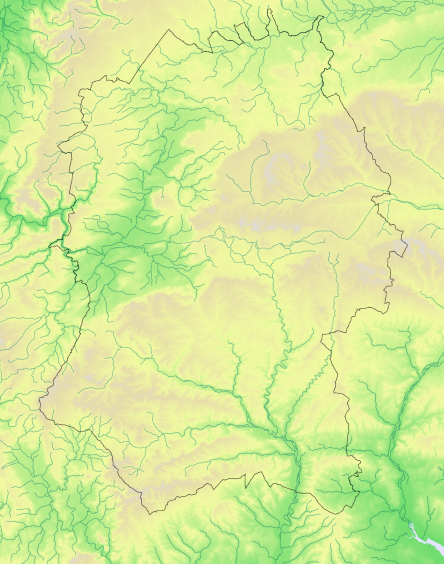Ringed Plover Charadrius hiaticula
Winter distribution 1995–2000
Uncommon passage migrant from within Britain/Iceland/north Europe, has bred
Atlas species lists
- Breeding distribution 1995–2000
- Summer abundance 1995–2000
- Winter distribution 1995–2000
- Winter abundance 1995–2000
- Breeding distribution 2007–2012
- Summer abundance 2007–2012
- Winter distribution 2007–2012
- Winter abundance 2007–2012
- Breeding distribution change
- Summer abundance change
- Winter distribution change
- Winter abundance change
More Ringed Plover maps
- Breeding distribution 1995–2000
- Summer abundance 1995–2000
- Winter distribution 1995–2000
- Winter abundance 1995–2000
- Breeding distribution 2007–2012
- Summer abundance 2007–2012
- Winter distribution 2007–2012
- Winter abundance 2007–2012
- Breeding distribution change
- Summer abundance change
- Winter distribution change
- Winter abundance change
Map explanation
This map shows the winter distribution of the species in Wiltshire as revealed by the fieldwork for Birds of Wiltshire (Wiltshire Ornithological Society 2007).
Key
Status
Nos tetrads

Present
0
0%

Not surveyed
Ringed Plovers are a mainly coastal species though the increasing availability of man-made habitats such as gravel pits has led to an increase in inland breeding records. Mostly they breed on arctic tundra, from northeast Canada, through Iceland and Fenno-Scandia to Siberia; in the more southerly part of their range, including the British Isles, they favour sand and shingle. Most of the world’s population, including those from Canada and Siberia, winter in Western Europe, the Mediterranean or Africa. The 1988-91 Breeding Atlas estimated that 10% of the European population nested in Great Britain and that winter visitors quadrupled this resident population.
In the 19th century and the first half of the 20th Ringed Plovers were rare visitors to Wiltshire until the development of the Cotswold Water Park (CWP) from the late 1950s onwards led to a significant increase in records of many wader species. Ringed Plovers have been recorded on passage annually since 1973. They were recorded nesting at the CWP for the first time in 1989 (when the eggs were taken by predators). The first chick was fledged successfully in 1991 and Birds of Wiltshire recorded four more, in a single brood in 1999. Hobby recorded breeding attempts at the CWP in 2004, 2007 and 2008, all apparently unsuccessful; WTA2 however recorded successful breeding in two tetrads and probable breeding in a third between 2007 and 2012.
References
The following references are used throughout these species accounts, in the abbreviated form given in quotation marks:
“1968-72 Breeding Atlas” – Sharrack, J.T.R. 1976: The Atlas of Breeding Birds in Britain and Ireland. T. & A. Poyser
“1981-84 Winter Atlas” – Lack, P.C. 1986: The Atlas of Wintering Birds in Britain and Ireland. T. & A. Poyser
“1988-91 Breeding Atlas” – Gibbons, D.W., Reid, J.B. & Chapman, R.A. 1993: The New Atlas of Breeding Birds in Britain and Ireland 1988-91. T. & A. Poyser
“Birds of Wiltshire” – Ferguson-Lees, I.J. et al. 2007 : Birds of Wiltshire, published by the tetrad atlas group of the Wiltshire Ornithological Society after mapping fieldwork 1995-2000. Wiltshire Ornithological Society.
“Bird Atlas 2007-2011” – Balmer, D.E., Gillings, S., Caffrey, B.J., Swann, R.L., Downie, I.S. and Fuller, R.J. 2013: Bird Atlas 2007-2011: the Breeding and Wintering Birds of Britain and Ireland
“WTA2” – ("Wiltshire Tetrad Atlas 2 ") the present electronic publication, bringing together the Wiltshire data from “Birds of Wiltshire” and “Bird Atlas 2007-11”, together with data from further fieldwork carried out in 2011 and 2012.
"Hobby" - the annual bird report of the Wiltshire Ornithological Society.

